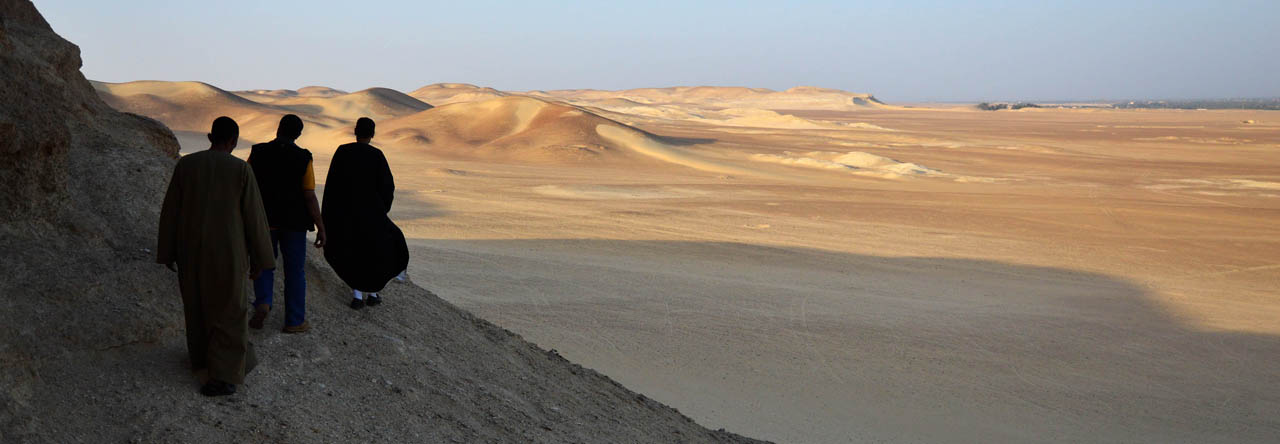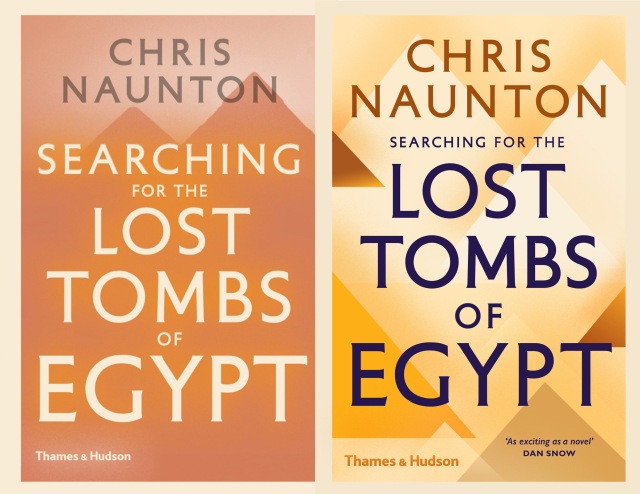Thanks to all of you who attended my online talk on ‘Alexander the Great: buried three times in Egypt but where are those tombs?’ in August 2020 or have subsequently watched the recorded version online. The following is a guide to resources online and further reading should you wish to take your interest in any of the topics discussed further.
Alexander the Great conquered vast amounts of territory and came to rule a greater empire than had ever existed up that time. Along the way he chased the reviled Persians out of Egypt and was welcomed as pharaoh. He stayed in the country for just a few months and never returned, dying a few years later in Babylon. But his body was brought to Egypt for burial by his eventual successor, the general Ptolemy, no doubt in a suitably grand monument. Classical authors tell of visits by Julius Caesar, Augustus Caesar, Hadrian and others, but the tomb (or tombs…) has never been located. Where was it, and could it yet be found?
First of all, a recording of the second performance of this talk, given online on 5 August 2020 is currently available via YouTube and here:
Second, my slides are available here:
The brilliant map of Alexander’s empire which appears first in the fourth slide of my talk is available via Wikimedia Commons here. My own Google map of the key sites which appears first on the seventh slide is here.
The chronological chart in the fifth slide (‘Chronological Background. What’s going on in the Near East?’) is my own and is available here. I also created the more detailed chart showing the dates of each Persian Emperor against the Egyptian Twenty-sixth to Thirtieth Dynasties (tenth slide) and you’ll find that one here.

What’s going on in the Near East? ….in the centuries leading up to Alexander’s conquest of the known world. This chart is intended to illustrate the historical background
The ‘Mid-nineteenth century reconstruction of Alexander’s catafalque based on the description by Diodorus’ which appears on the twenty-third slide is available via Wikimedia Commons here.
Classical sources: Pausanias, Description of Greece, Book I, Chapter VI (quoted on the twenty-fourth slide) is available via Archive.org here. For Quintus Curtius’ Historiae Alexandri Magni I used an e-book version of Alexander The Great: Selections from Arrian, Diodorus, Plutarch, and Quintus Curtius – see here. Quotes from the ‘Alexander Romance’ come from the e-book version of The Greek Alexander Romance by Richard Stoneman, here. Diodorus Siculus’ The Library of History (quoted on slide forty-one) is freely accessible via the incredible Lacus Curtius website here. Strabo’s Geography is also available via Lacus Curtius, here. Suetonius’ The Life of Julius Caesar is here. Cassius Dio: Roman History is here.
The black and white images of the Serpaeum dromos taken during the excavations of Makramallah in the 1940s (see e.g. slides 37 and 38) were reproduced in Jean Phillipe Lauer’s classic Saqqara. The Royal Cemetery of Memphis, here. This was published in 1976 and so is now a little out-of-date but has never been surpassed as a general reference work on Saqqara.
My Google map of the key sites in Alexandria is here.

An image from my Google map of the key sites in Alexandria
The many beautiful reconstructions of ancient Alexandria by Jean-Claude Golvin (slides 53 and 54) are available via his website, here. They also appear alongside detailed description in his book, Voyage en Egypte ancienne.
The map showing the hypothesised position of the major buildings in the Great Harbour at Alexandria (slide 58) is from Franck Goddio’s Alexandria: The Submerged Royal Quarters.
A version of Vivant Denon’s description of the Egyptian sarcophagus in the Attarin mosque (slide 71) appears on p. 50 of his Travels in Upper and Lower Egypt: During the Campaigns of General …, Volume 1, here.
Andrew Chugg’s article ‘The Sarcophagus of Alexander the Great?’ in Greece & Rome 49, 1 (April 2002) – as mentioned on slide 72 – is available here.
I wrote two blog posts (including images and links) on the ‘black sarcophagus’ discovered in Alexandria in summer 2018, as follows: ‘That black sarcophagus in Alexandria‘ and ‘More on that black sarcophagus and the GOLD inside…‘.
The National Geographic article on Calliope Limneos-Papakosta’s excavations in the Shallalat Gardens in Alexandria (‘New clues to the lost tomb of Alexander the Great discovered in Egypt’) is here.
If you enjoyed seeing the screenshots of Alexander’s tomb as visualised in the video game Assassin’s Creed: Origins you may be interested to know that the discussions I had with a couple of colleagues about the game over the summer have now led to a University of Southampton-funded project called ‘Playing in the Past‘. In the first half of 2021 we’ll be running a series of virtual tours of ancient Egypt as it appears in the game and all are welcome. Details will appear here and via the project’s website in due course.

Screenshot from Assassins’ Creed: Origins showing the game designers’ vision of the tomb of Alexander
Of course this talk is based on research I undertook while writing my book, Searching for the Lost Tombs of Egypt. The story of Alexander’s tomb forms the sixth chapter.
In general my research into the whereabouts of Alexander’s lost tomb(s) draws heavily on the following two books in particular:
Alexander’s Tomb: The Two-Thousand Year Obsession to Find the Lost Conquerer by Nicholas J Saunders
The Quest for the Tomb of Alexander the Great by Andrew Chugg.
If you have any questions about any of the above or anything else in my talk please let me know via this page. Thanks!


